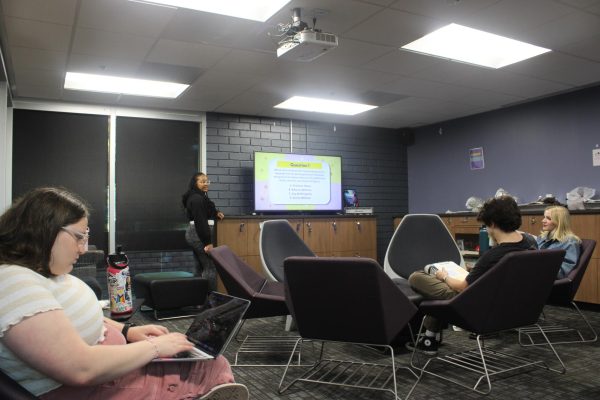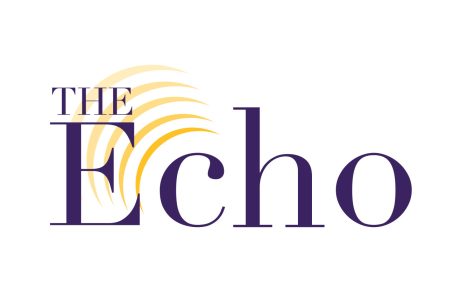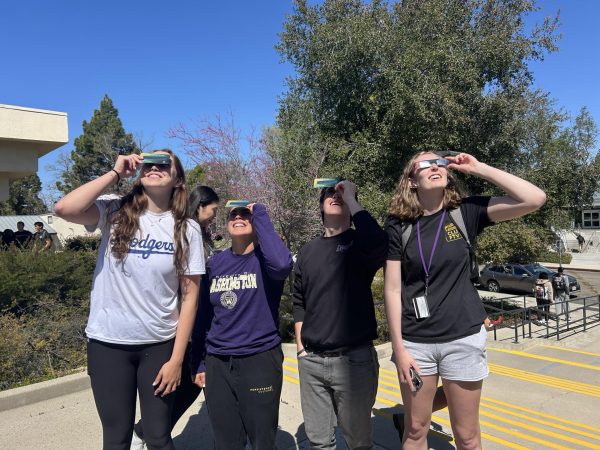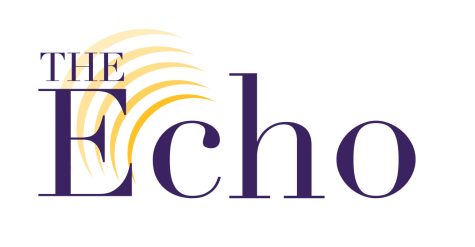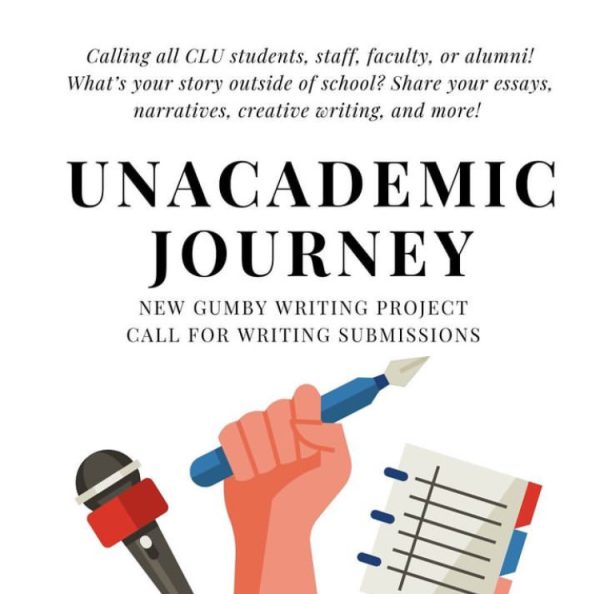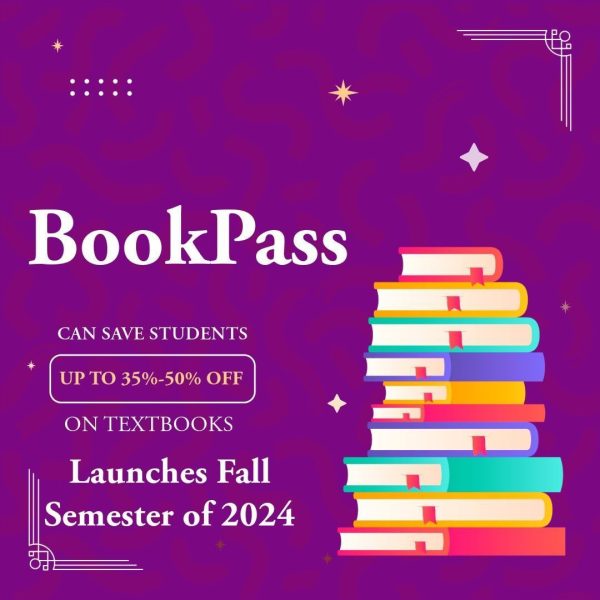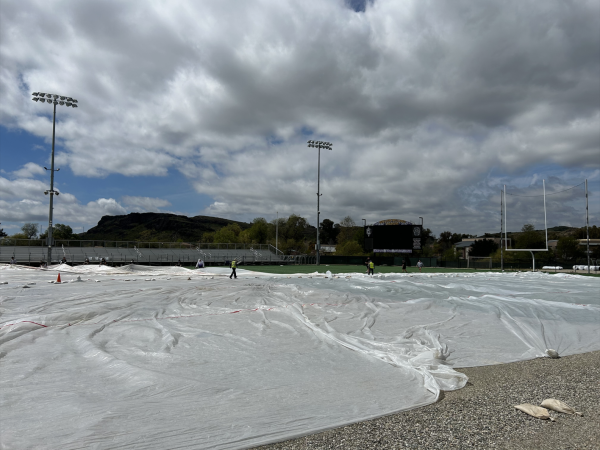Remote learning: A ‘huge change’ for undergraduate research processes
September 21, 2020
During the initial transition to virtual learning, some undergraduate research projects had to be reimagined at California Lutheran University.
“Being an exercise scientist, where everything we do is hands-on, [not] working with people has been a huge change,” Allan Knox, Exercise Science professor and director of Undergraduate Research said. “Though I’m still teaching the same classes … I know … students don’t have the opportunity or they can’t go and collect data from people, which is a big part of the classes that I teach—to go and measure the effectiveness of exercise.”
Knox said his job as the director of Undergraduate Research is to make sure everything is running smoothly in connecting students with faculty mentors and accessing potential funding opportunities.
Knox said that the positive side of performing research during COVID-19 is that data on the pandemic is live and accessible to students.
Craig Reinhart, a Computer Science professor, said that students didn’t have difficulties in transitioning to virtual learning during the spring capstone course.
“The students taking the class now are really not affected by online learning as their projects are in the area of software development and thus do not need access to on-campus lab spaces,” Reinhart said.
Even with the transition to remote research, some students are excelling.
Sierra Arsitio, a senior Exercise Science major at Cal Lutheran, said she felt supported during the transition to virtual learning.
Arsitio is taking Advanced Exercise Physiology with Professor Steven Hawkins and said he has done a great job in adjusting to virtual instructions by offering additional support and quickly responding to emails.
Arsitio said that previous courses were focused on learning how the human body responds to different stimuli and performing tests.
“In the advanced class, I believe you were supposed to be able to perform those tasks, tests and do research on different areas of how like those impact exercise and certain individuals,” Arsitio said. “So that was supposed to be … what that class is supposed to do if we were in person. But now, since we’re online, we are doing a … virtual approach to it.”
Aristio said that she would’ve liked to have the opportunity to do the in-person research process, gathering her own data from tests and performing her own analysis. Despite the current situation, she has hope for next semester.
“Hoping for the best … I do know … some classes do have that split learning [online and in-person hybrid] promise attached to it,” Arsitio said. “I’ll be able to go back to campus and do my capstone. We just got the new science building, so it’d be amazing to just even do something in there for once.”




